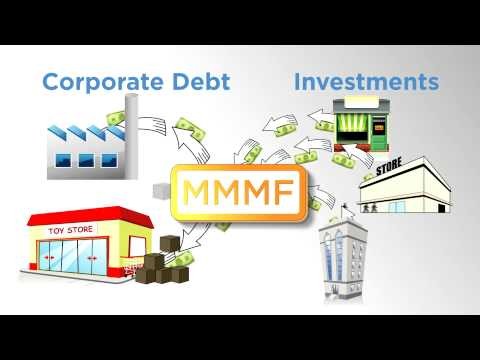The Advantages of 100% NoLoad Mutual Fund Investing
Post on: 6 Август, 2015 No Comment

Once the investor has made the determination that a mutual fund is the preferred investment, the decision then needs to be made as to whether to invest in a load fund or a no-load fund.
That decision is complicated by the fact that there are, today, two categories of no-load funds — those that continue to be true, 100% no-load mutual funds and those that have added various charges such as 12b-1 fees, low-loads, back-end loads, contingent deferred sales charges, fixed redemption charges or exit fees.
No-load funds are exactly like load funds in every respect, with the very important exception that shares of no-load funds are purchased without the addition of a sales commission which is added to the net asset value of the shares and goes entirely to the individuals and organizations selling the fund.
Sales Charges
This sales commission or sales load does not compensate the fund’s management. Fund managers are compensated through a management fee that is charged to the fund. ALL funds — load and no-load — have management fees. In the case of a load fund, the sales charge is in addition to the annual management fee which is generally between one-half of one percent and one percent of the fund’s assets. Independent research has consistently shown no difference in performance, on average, between the two types when the load is disregarded.
The maximum permitted sales charge, or load, is 8.5%. The sales charge paid by the mutual fund investor is actually understated because it is generally expressed as a percentage of the total purchase price (net asset value + sales charge), rather than as a percentage of the amount actually invested in a load fund.
For example, the 8.5% load is really 9.3% — it’s 8.5% of the money the investor pays to purchase shares, but 9.3% of what is invested in the fund. If the investor puts $10,000 into a load fund, $850 goes to the sales organization; the balance — only $9,150 — would actually be invested for the shareholder in the fund itself.
In many instances, sales charges have been reduced to the 3%-5% range, with the difference made up through so-called back-end loads, contingent deferred sales charges and/or 12b-1 fees. In terms of performance, the effect of the load is felt throughout the term of the shareholder’s investment because less money has been at work than would have been the case if the full $10,000 had been invested in a no-load mutual fund.
The following chart illustrates results for two comparable funds, one load, one no-load, over a ten-year period. As you can see, with a 10% annual growth, the no-load fund earns over $2,000 more.
At the end of year one, the no-load investor’s fund has grown 10% and now has a cash-in value of $11,000. The load fund has also grown 10%, but its cash-in value is only $10,065, or slightly more than the amount originally invested the year before. At the end of year two, the no-load is worth $12,100 while the load is worth $11,072, or $1,082 less. The performance spread between the two is widening. Where the load investor was $850 (8.5% front end load on $10,000) behind at the beginning, he is now more than $1,000 behind. The load investor lost $850 and will also lose forever the 10% a year growth on this portion of the investment. Over the years, the spread will continue to widen. By the end of ten years, still assuming equal growth rates, $10,000 in the no-load fund will have grown to $25,939 and the no-load investor will be $2,204 ahead.














